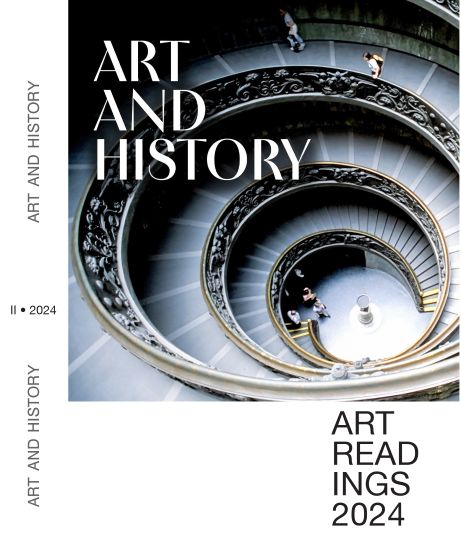Развитие на използването на фотографски образи в творческите практики на генеративното изкуство от 50-те години на миналия век до днес
Development in the Use of Photographic Imaging in Generative Art Practices from the 1950s until Today
Author(s): Tanya DechevaSubject(s): Fine Arts / Performing Arts, Photography
Published by: Институт за изследване на изкуствата, Българска академия на науките
Keywords: generative art; generative photography; artificial intelligence; post-photography
Summary/Abstract: Photography has played a role in the creation of Generative art, with early stages relying on capturing images from screens. The Generative Photography movement emerged in the 1960s, influenced by the concept of “precise aesthetics”. The camera was used not to reproduce reality, but to portray its logical structure through physicochemical processes. The introduction of personal computers in the 1980s led to the replacement of the photographic method with digital image processing software. Generative art has been influenced by the development of generative AI, especially text-to-image generators. They shift the traditional approach of using mathematical formulas, algorithms, and logical structures to more allegorical themes and subjects. Today photographic means of expression and techniques are not used as much in Generative art, having given way to the photograph as an object that can be transformed and used to train algorithms.
Journal: Изкуствоведски четения
- Issue Year: 2024
- Issue No: 1
- Page Range: 303-313
- Page Count: 11
- Language: Bulgarian
- Content File-PDF

